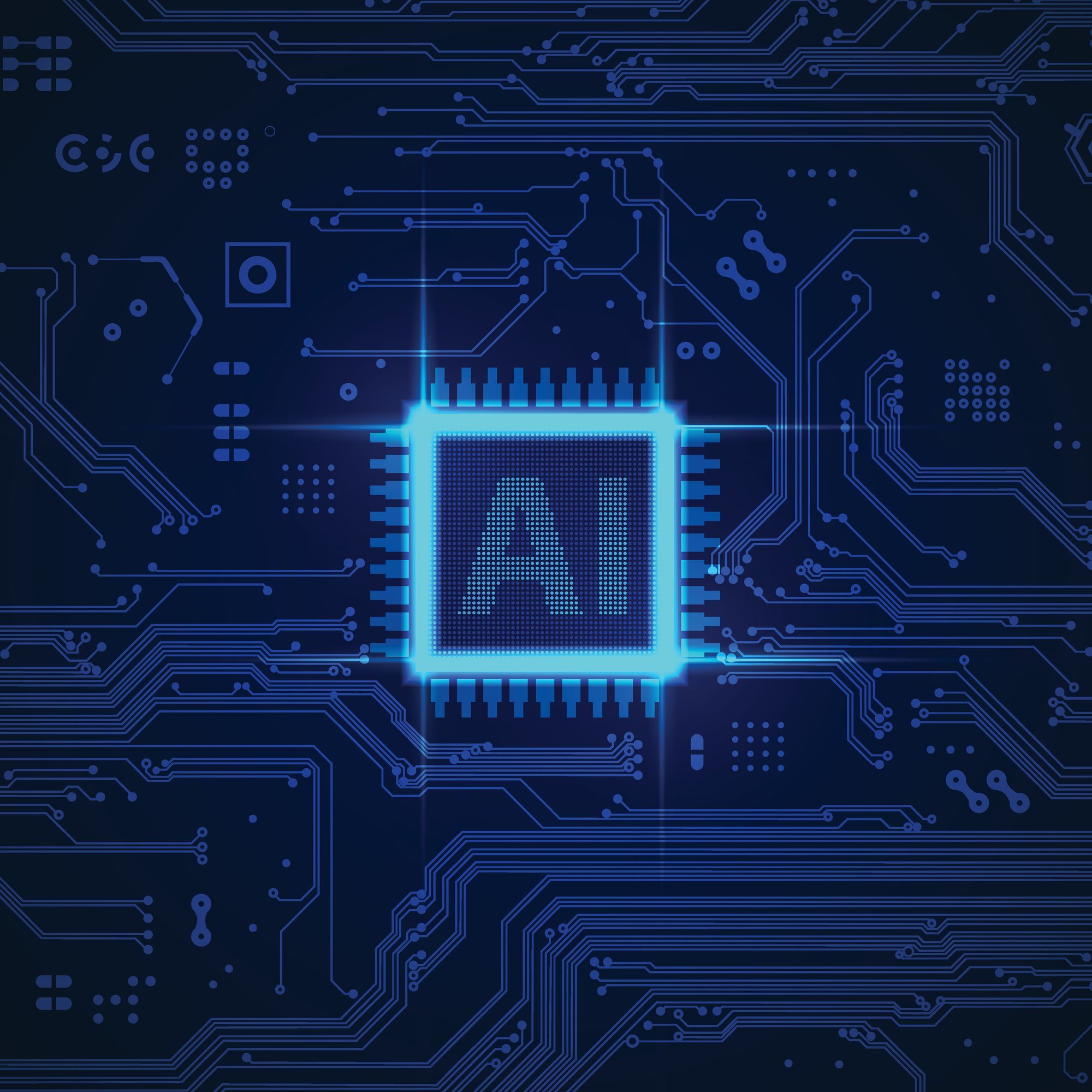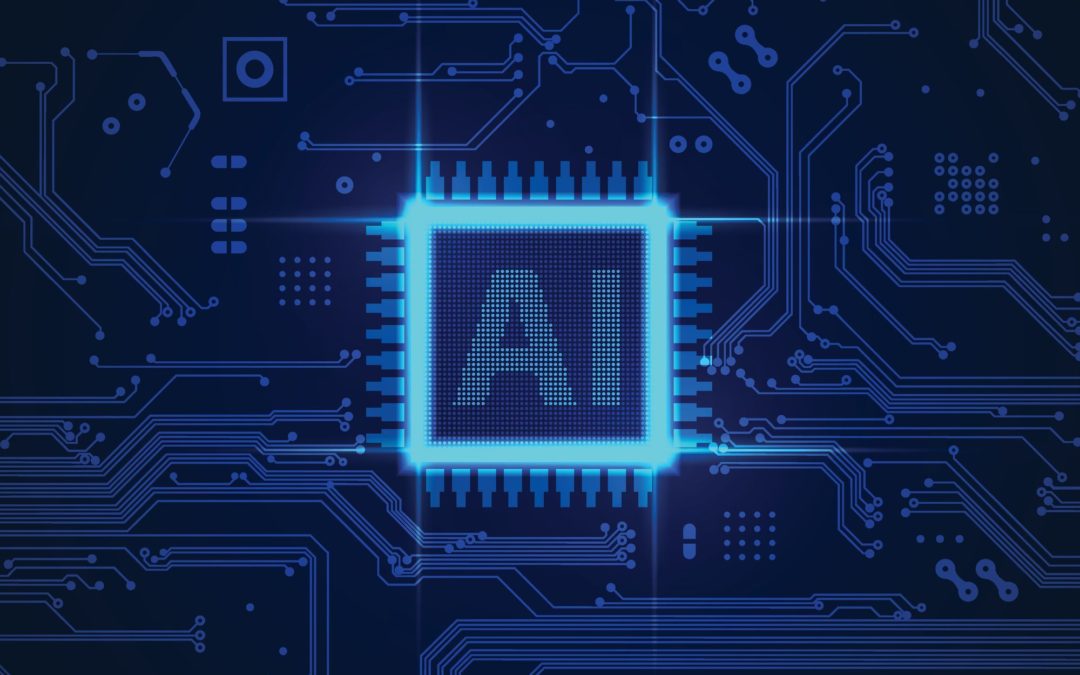
A new generation of microcircuits delivers better results from AI, draws significantly less power, and is significantly faster at making calculations.
Machine learning – the basis of AI – requires huge amounts of processor capacity. Among other reasons, because many calculations need to take place in parallel with others.
An example is GPT-3, an AI system that takes in unimaginable volumes of data from the web – to write articles and instruction books with the support of learning – even guitar tabs.
The researchers behind GPT-3 could hardly believe their eyes when the system wrote its first text . (By the way, are you sure this article was written by a human?)
“Commercial application may include smart glasses, AR equipment, … voice recognition devices that do not need to be connected to the cloud” Jae-sun Seo , Arizona State University, specializing in resource-limited machine learning
To complete the task, GPT-3 required a computing capacity equivalent to three hundred and fifty-five years of effort (!) In an advanced AI chip .
An example of how new generation microcircuits deliver can be shown through an algorithm that recognizes and can classify images.
In an experiment, the new generation of microcircuits increased the algorithm’s ability for accurate image recognition from fifty to seventy percent accuracy. The circuit needs only twenty-one percent of the energy that its predecessor needed; and it goes much faster, of course, with sixty-seven percent shorter latency in connection with the calculations.

In order to be able to utilize AI to a greater extent, new hardware is (of course) developed that will sit in the units that will interact with the algorithms. It can be about the smart watch, the electric car, the glasses, the robot vacuum cleaner, monitoring of components in industrial equipment, the drilling machine…
John Cohn , a researcher at IBM-Watson AI Lab, has started talking to customers about the application of healthcare equipment – eg AI-supported continuous monitoring of blood pressure.
In addition to streamlining, the new circuits can enable us to save sensitive information locally – not to be referred to the cloud to the same extent.
GPT-3 is not to be trusted yet, and the really useful AI solutions are ahead of us – but the unsexy little circles undoubtedly open up new possibilities.
Make the future come sooner.





